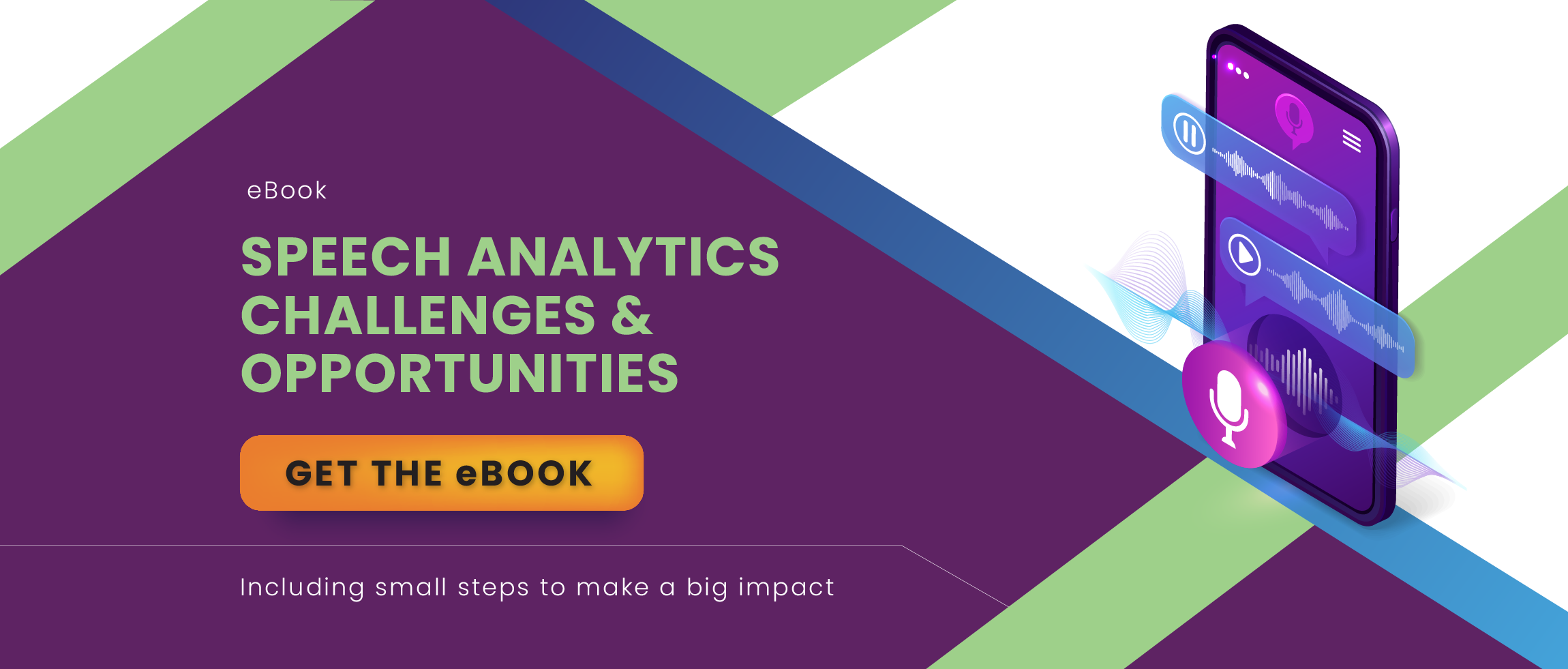3 Ways to Use Sentiment Analysis to Humanize Your Collection Practice
- June 7, 2022
- Category: Speech Analytics

Recommended Reading
Call center agents, especially those with higher levels of empathy and interpersonal experience are mostly able to identify the emotions of callers. However, the right agent-customer pairings are always a challenge that can otherwise result in significantly higher collections rates and better customer satisfaction (CSAT). By tracking agent performance across various personality types and Emotional Intelligence (EI) scores, optimal routing and productivity can be made a reality. Sentiment analysis tools are designed to help you achieve exactly that.
Many new-age speech analytics tools such as ICAP come with real-time sentiment analysis that can evaluate the language used, as well as voice inflections, the rate of speech, and the amount of stress in the voice to decode the emotional outcome of ongoing interactions. It automatically mines calls for abusive language, quickly escalating the call as needed, or prompting agents to use a more upbeat, positive tone. In this blog, we will review how to implement sentiment analysis as part of your speech analytics solution to create more positive and productive discussions around debt collection.
1. Ask your QA team to score agents for their emotional intelligence
Instruct your QA team to dig deep into the sentiment analysis of audited calls. Glaring Emotional Intelligence (EI) gaps in agent-consumer interactions can be found in the form of condescending language or high rates of speech. Brainstorm a way to project the same EI gaps in visual formats for agents to see on their speech panels. This should set agents up for self-improvement or help them to be mindful of their tone before starting their day. Speak to your speech analytics solution provider to get scorecards amended for the EI component.
2. Group agents according to their interpersonal skills
Encourage call center managers to decode the language used by agents and customers, to understand their empathy profile, communication style, engagement levels, and transactional skills. Use insights gathered from historical calls to choose the agent whose skills and characteristics are most likely to achieve a positive response from the next consumer in the queue.
3. Maintain accurate agent scorecards for optimal routing of calls
Track agent performance across various personality types, correlating key traits with the most successful calls. The same information can be fed into the performance management process to help agents improve and promote optimal routing. It’s equally important to maintain agent scorecards as per sentiment analysis trends. These scorecards can help managers teach agents specific behaviors by outlining examples, suggesting sample role-plays, and aligning specific talk-offs to consumer payment trends.
Are you confident in your speech analytics know-how?
For the last few years, collection agencies have been using call center speech analytics to help reduce delinquencies, mitigate losses, and maximize their accounts receivable recovery. However, due to the lack of best practices in the landscape, only a handful of agencies’ speech programs can evolve as quickly as customer preferences to generate better collection yield. We have captured all these practices in an eBook that will help you uncover all “Four Pillars of a Competitive, Foolproof Speech Program.” Other than Sentiment Analysis must-do’s, the eBook has listed out best practices around agent scorecards, real-time call analysis, and QA intelligence. You can download your copy here.








